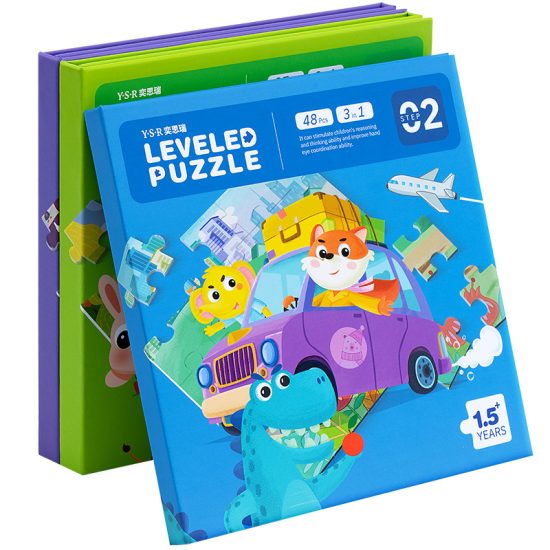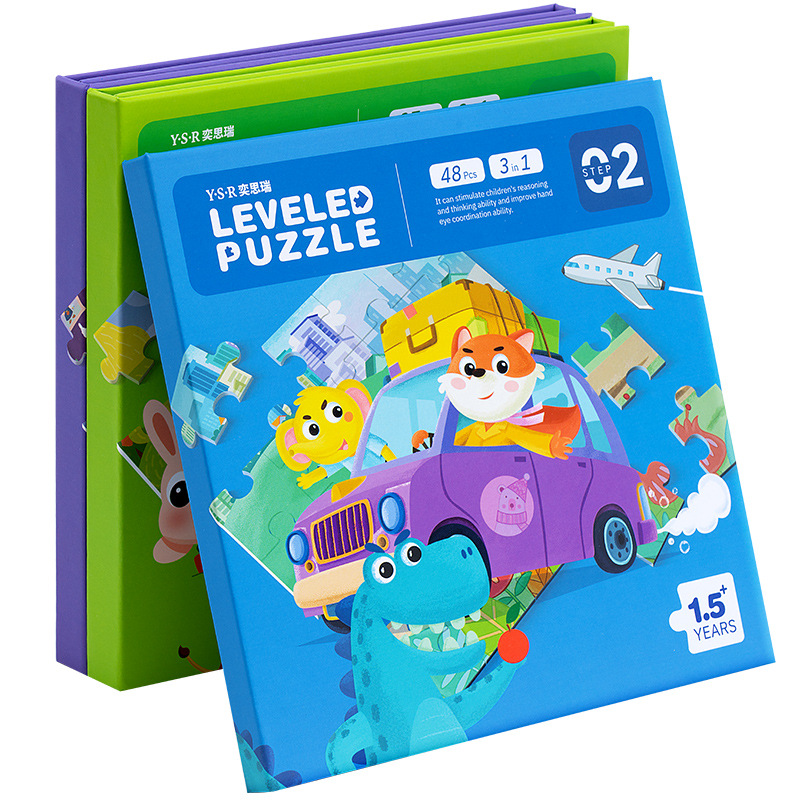It wasn’t until the early 20th century that jigsaw puzzles became a popular pastime for adults as well. Advances in printing technology allowed for mass production of puzzle pieces, and companies began creating puzzles with increasingly intricate designs and larger numbers of pieces.
During the Great Depression in the 1930s, jigsaw puzzles became a popular form of entertainment, as they provided a low-cost activity for families to do together. Puzzle makers like Parker Brothers and Milton Bradley capitalized on this trend, producing puzzles with popular themes such as movie stars, political figures, and comic book characters.
Jigsaw puzzles also played a role in World War II, as they were used to help soldiers pass the time and improve their mental acuity. In the decades following the war, jigsaw puzzles continued to evolve, with new materials like cardboard and plastic making them more durable and easier to mass-produce.
Today, jigsaw puzzles remain a popular form of entertainment and a way to exercise the mind. They come in a wide variety of themes and styles, from traditional landscapes and cityscapes to abstract designs and even 3D puzzles. With the advent of online shopping, puzzle enthusiasts have access to a nearly endless selection of puzzles to choose from.



